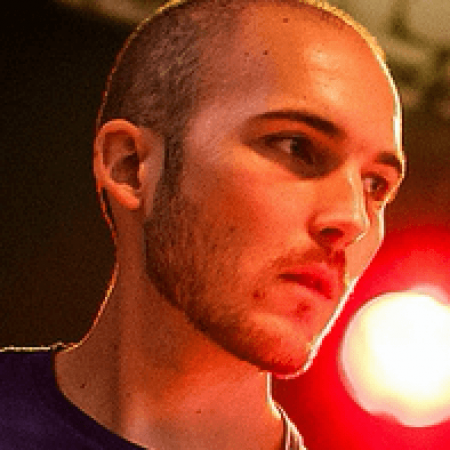With Gaze Assist, we provide a new way of sharing information between the front-seat passenger and the driver. Our approach is to capture the gaze of the front-seat passenger and visualize it for the driver. By showing the driver exactly where the front-seat passenger looks, we provide a further means of communication between driver and front-seat passenger to enable purposeful collaboration.
Purposeful collaboration of the driver and front-seat passenger can help the driver in demanding driving situations and, therefore, increase safety. For example, the front-seat passenger may draw the driver’s attention to upcoming hazards or be a supporter while navigating in an unfamiliar region. However, the characteristics of the car, as context, put some limits on this collaboration. Although verbal communication is easily possible, the sitting position of driver and front-seat passenger (side-by-side) and the necessity of the driver to keep the eyes on the road instead of keeping eye contact with the front-seat passenger, are both factors that hinder natural face-to-face communication.
In a first study in the driving simulator, we found that shared gaze has indeed the potential to improve driver and co-driver collaboration during a navigational task and comes with less stress and perceived distraction for the driver. In a follow-up study, we compared different visualization alternatives of the front-seat passenger’s gaze with the aim to bring our approach into the real car. We found, that an LED visualization is promising in terms of driver distraction, but lacks spatial accuracy. Therefore, we investigated a calibration approach to allow a better differentiation between outside objects based on the LED visualization. Currently, we are working on a further enhancement of the visualization and investigation in a real car.




